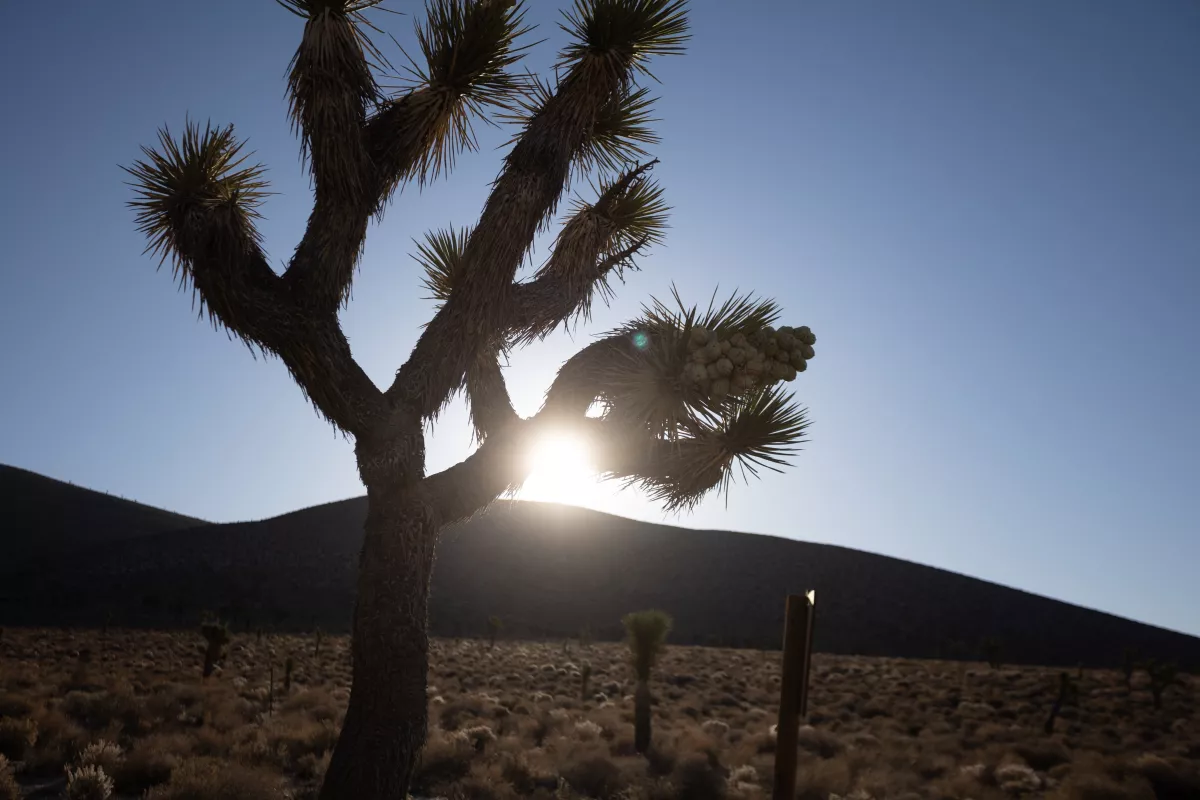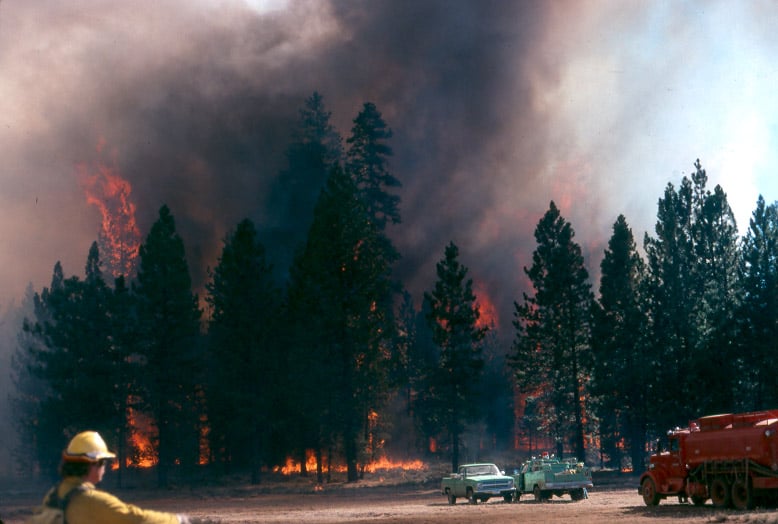We’ve been having a discussion on various aspect of the Rock Springs Wyoming RMP. A few things have come my way that are of interest relating to that, and also the role of communities.
******************
First, Tisha Schuller talks with the deputy assistant administrator for EJ at EPA’s Office of Environmental Justice and External Civil Rights on her Energy Thinks podcast. I didn’t listen to the whole thing but she shared a few quotes.
On EPA’s growing focus on EJ:
“It is the first time in government—not just in the United States but in the history of humankind—that we have real funding at the same time that we have real political support not only to change the systems and structures of governance but to do so in an equitable way.”
Hmm.. count me skeptical as to the role of one federal agency (or even the current Admin, which is, after all one of three branches of the federal government) in changing “the systems and structures of governance” in an “equitable way.” Not that I have a problem with equity, but I think its use and meaning are contested.
And
On placing communities at the head of the table:
“None of us want to live in a place where we’re not heard. None of us want to live in a community where things are done to it and you don’t have anything to say about it. None of us want to live in that place. Communities with EJ concerns want to be heard.”
“Communities with EJ concerns” is a term also used in the proposed NEPA regs (more on those next week). Rather than define what EJ communities are or aren’t, we now have communities with concerns. For example, my somewhat neighboring community of Kiowa is not thrilled about new high voltage powerlines (this is all private as part of Colorado’s Power Pathway, so no federal nexus except for endangered species and National Park viewsheds). There are quite a few different parameters that could be indexed in different ways (for example, east of there is a food desert). So depending on the way you index, it could be an EJ community or not. If you were to define what one is. But any community seemingly could have EJ concerns, and is there an arbiter of what are legitimate concerns or not? It’s all not exactly transparent or clear. In my experience, when people dream up abstractions and are intentionally not clear about who is in and who is out.. other people are making the determination, usually for small or large political reasons.
Of course, there’s “being heard” and “having your say determine the outcome”; plus not all people in communities agree. People in the federal land management space know this landscape quite well over many decisions large and small. It seems in the broader world of new energy buildout, other organizations and NGOs are discovering these complexities.
*****************
The NY Times on Rock Springs decision..
This was quite timely. Note the tagline ..
Explosive reactions to the proposal, which would limit drilling, show how the president’s climate policies are crashing into walls in some oil and gas states.
The journalist, Lisa Friedman (no relation) seems like a nice person. At one Society of Environmental Journalists meeting I attended, she (and other reporters from Coastal Media) seemed extraordinarily interested in Pendley’s (he was there) attitude toward climate change. As if somehow the BLM were the key to worldwide decarbonization. It felt a little weird to me, especially since I wanted to ask him about e-bikes. Oh well.
As a candidate, Mr. Biden pledged to end new federal oil and gas leasing. And, as president, he has said he wants to conserve at least 30 percent of public lands and waters by 2030. Both are part of an aggressive agenda to curb climate change, though Mr. Biden has approved some large fossil fuel projects. Political and legal concerns have played a role in those decisions.
I guess you can state that “conserving” 30 percent of land” is an “aggressive approach to curb climate change, but I wonder whether if the protected areas don’t allow fuel reduction.. they actually do that. Plus some of us might see a conflict between renewable build-out and “conserving.” Without a map, though, why would we believe that they are compatible? Otherwise it’s just political arm-waving attempts to placate renewable and ENGO interests. And as we have seen with the BLM conservation rule and the proposed CEQ NEPA regs, when renewable buildout and “protection” meet, renewables lose.
“We are in a bit of a bubble here right now with Ukraine and the Middle East,” said Mark Squillace, a law professor at the University of Colorado Boulder. Mr. Squillace said if oil prices climbed there could be heightened interest in federal oil and gas leasing, but only in the short term.
Mark is another great person, and I’d like to think we’re in a “bubble” but I don’t know what our foreign policy will be nor how others will react. The fact is that no one knows.
“I think we all know that in the next 20 years or so there’s going to be a whole lot less oil and gas production, because of the trends that we’re seeing with electric vehicles and renewable energy,” Mr. Squillace said. Wyoming, which also is grappling with collapsing demand for its coal, he added, “should, of all states, know the consequences of not managing their land.”
I don’t understand exactly what that means.
Ah.. the “backlash”
The backlash began almost immediately. Lawmakers accused the Biden administration of trying to pull Wyoming “back to the Stone Age.” Governor Gordon sent a letter to the Bureau of Land Management director asking the agency to withdraw the entire plan. A local sheriff declared he would not enforce the plan if it were finalized.
The director of the Bureau of Land Management’s field office in Rock Springs, Wyo., Kimberlee Foster, told a local news outlet that her staff members had begun receiving threatening calls were being investigated by the F.B.I. “It’s not really about specifics in the document,” Ms. Foster said. “The hate has been more political in nature.”
Pivot to “incipient Bundys”. Lawmakers quote.. Governor Gordon’s letter (which was pretty mild for a politician), a sheriff.. yup.
“The situation is ripe for this sort of anger to come to the surface,” said State Senator Brian Boner, a Republican. He noted the federal government already owned nearly half, 48 percent, of Wyoming land. “You feel like you don’t really have a voice in the way your state moves forward, and in this instance there’s a significant threat to peoples’ livelihoods,” he said.
So let’s go back to Tisha’s podcast:
None of us want to live in a place where we’re not heard. None of us want to live in a community where things are done to it and you don’t have anything to say about it. None of us want to live in that place
What’s interesting about the Times story is that it’s all about oil and gas, not about the process, which is what Gordon’s letter was about. Does not mention the political back and forth concern, as in the Cowboy State Daily report discussed previously, and as we shall see there’s other info not included.
Indeed “all the news that fits the narrative”. Oil and gas bad and not needed, check. Republicans bad, check. Westerners dangerous and incipient Bundys, check. Are the facts wrong? Probably not. Does fitting the info to a narrative leave a lot out and not actually help our understanding of what’s going on? Yes.
Good thing we have the Cowboy State Daily and Wyofile!




